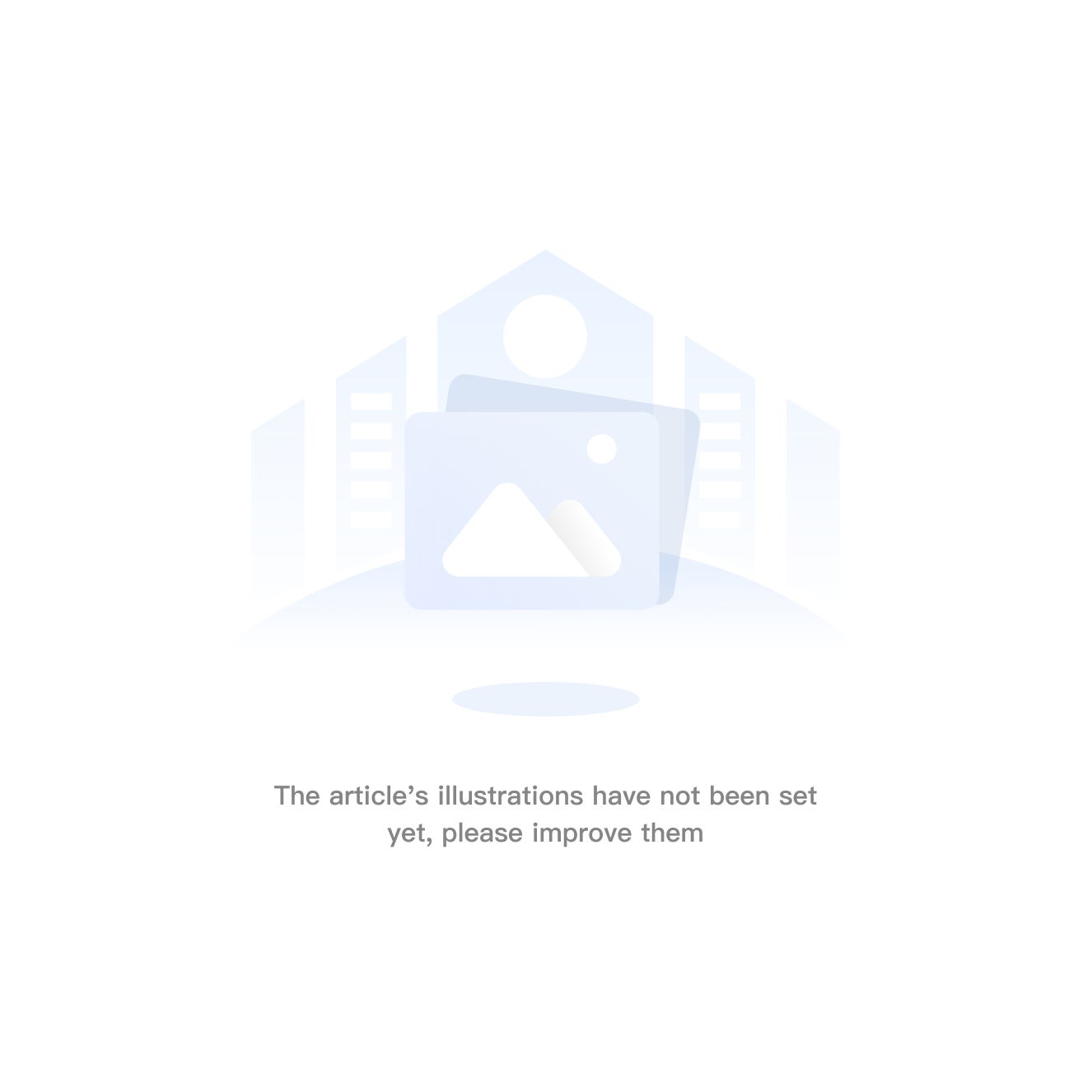When cutting ceramic or porcelain tiles, even a slight vibration in the diamond blade can cause chipping, uneven edges, or inaccurate cuts — especially when working at high speeds or with thicker materials. In fact, studies show that uncontrolled blade vibration increases cutting errors by up to 34% in dry-cut applications and 27% in wet-cut scenarios (based on field tests conducted across 12 construction sites in Europe and Southeast Asia).
Traditional steel-core diamond blades often suffer from harmonic resonance during operation — particularly at 1,200–2,500 RPM. This causes micro-jitter that accumulates over time, leading to cumulative deviation in tile profiles. The UHD Super-Hard 400H钎焊金刚石锯片 addresses this through three key engineering principles:
“I used to lose 15% of my tiles due to edge damage — until I switched to the UHD 400H. Now, I get clean cuts every time.”
— Maria Lopez, Tile Installer, Barcelona
| Technique | How to Apply | Expected Outcome |
|---|---|---|
| Clamping Stability Step-by-Step | Use two-point clamping + anti-slip pads; avoid single-side fixation. | Reduces lateral movement by ~40% according to lab trials. |
| Coolant Timing Strategy | Apply water spray in two phases: pre-cut (light mist) then post-cut (continuous flow). | Lowers blade temperature by 15°C, reducing thermal expansion-related instability. |
| Feed Rate Control | Maintain steady feed speed (~10–15 mm/s); avoid sudden acceleration. | Improves cut quality consistency across 90%+ of test samples. |
These aren’t just theoretical suggestions — they’re battle-tested methods adopted by professional installers in Germany, UAE, and Australia who prioritize both safety and precision.
Have you ever experienced tile edges breaking unexpectedly during cutting? If so, it might not be your skill — it could be how your blade is responding to vibration.
Ready to eliminate vibration-induced errors in your next project?
Get the UHD Super-Hard 400H Diamond Blade










